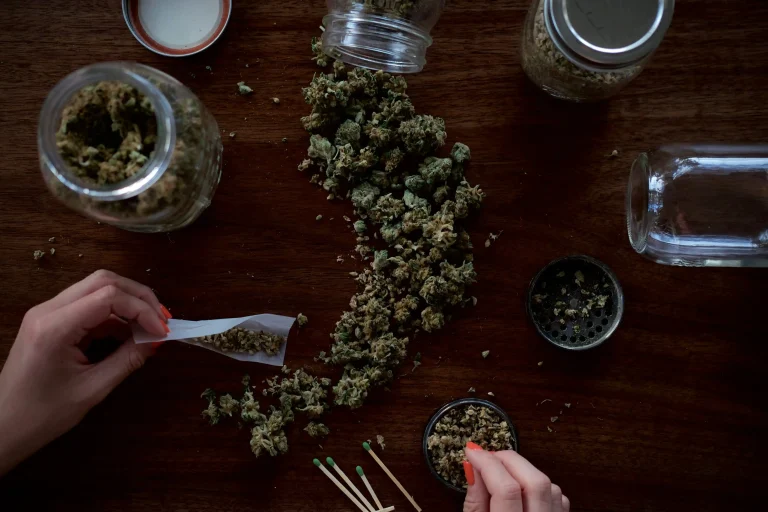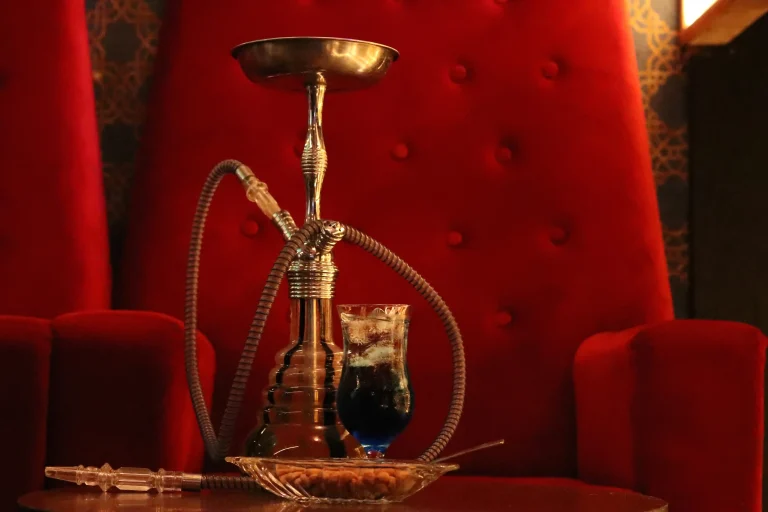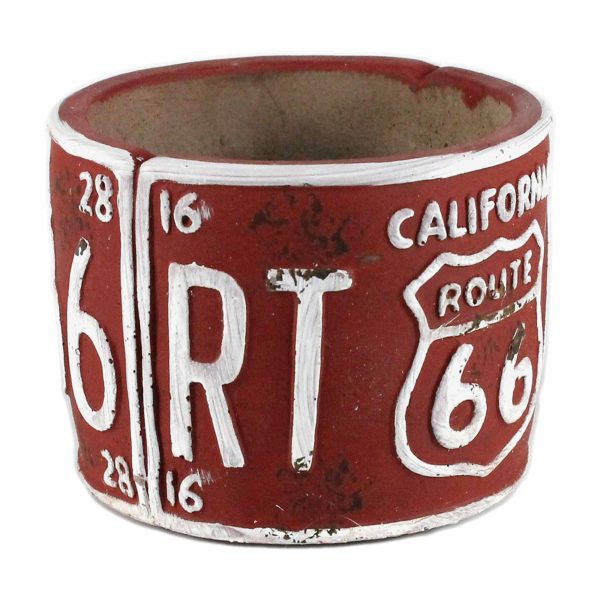
The history of the bong is as rich and diverse as the cultures that have embraced it. From its early origins to its modern adaptations, the bong has played a crucial role in how people consume and appreciate certain substances. This article delves into the intriguing timeline and cultural significance of bongs, providing a comprehensive overview of their evolution.
Origins of the Bong
Early Uses and Evidence
The earliest evidence of bongs dates back centuries, with archaeological digs revealing their presence in various ancient civilizations. Initially, bongs were rudimentary devices, often crafted from simple materials such as bamboo, wood, and clay. These early versions were used primarily for smoking herbs and other natural substances, providing a smoother and cooler inhalation experience. Historical records indicate that these early bongs were not just functional but also imbued with cultural and ritualistic significance.
Evolution Over Time
As societies grew more sophisticated, so did the construction and design of bongs. The evolution of the bong saw a shift from basic, utilitarian forms to more elaborate and ornate designs. By the medieval period, the bong had evolved into a more refined instrument, utilizing glass and metal components. This period also marked the beginning of artistic embellishment, with bongs becoming canvases for intricate carvings and decorations. The advent of global trade routes further facilitated the spread and adaptation of bongs across different cultures, each adding its unique touch.
Bongs Across Different Cultures
Asia: The Birthplace of Bongs
Asia, particularly China and India, is often regarded as the birthplace of the bong. Historical texts and artifacts from these regions suggest that bongs were used in both medicinal and social contexts. In China, bongs were referred to as “water pipes” and were often used to smoke opium and other herbal mixtures. Indian traditions, on the other hand, utilized bongs in both religious rituals and social gatherings. The ingenuity of Asian craftsmen in creating bongs from locally available materials set the stage for the device’s enduring popularity.
Africa: Unique Methods and Materials
In Africa, the bong’s evolution took on a unique flavor, influenced by the continent’s rich natural resources and cultural diversity. African bongs, also known as “ghaliouns,” were traditionally crafted from materials such as gourds, animal horns, and tree roots. These materials were not only abundant but also provided a distinct aesthetic appeal. The use of bongs in African cultures was often tied to ceremonial practices and communal activities, underscoring their symbolic importance.
Western Influence and Adaptation
The introduction of bongs to Western cultures occurred much later but had a profound impact on their design and usage. In the 1960s and 1970s, the counterculture movement in the United States embraced bongs as symbols of rebellion and freedom. Western adaptation saw the bong becoming a mass-produced product, with significant innovations in materials and design. Glass bongs, in particular, gained popularity for their durability and ability to be crafted into various intricate shapes and sizes. This period also marked the bong’s emergence as a cultural icon in popular media.
Technological Advancements in Bong Design

BLADE AURA
BLADE AURA, an epitome of luxury in the domain of smoking accoutrements, epitomizes the confluence of aesthetic refinement and impeccable functionality. This purveyor of opulent smoking instruments has carved a niche for itself, catering to the tastes of the discerning connoisseur with an unwavering commitment to exquisite craftsmanship and avant-garde design.
At the heart of BLADE AURA‘s esteemed collection resides their masterfully engineered bong, a quintessential representation of the brand’s allegiance to the elevated pleasures of the smoking connoisseur. This bong transcends mere functionality, emerging as an objet d’art that mirrors the sophisticated trajectory of smoking culture from its nascent beginnings to its present-day incarnation as an artisanal practice.
Fashioned from the finest materials, the BLADE AURA bong is a paragon of durability and purity in the smoking experience. The meticulous attention bestowed upon its design is a reflection of the brand’s ethos, marrying the venerable traditions of smoking with the spirit of modern innovation, yielding an artifact that is both anachronistic and ahead of its time.
Introduction of Glass Bongs
One of the most significant technological advancements in bong design came with the introduction of glass bongs. The shift from ceramic and metal to glass allowed for greater versatility in design and functionality. Glass bongs provide a clearer view of the smoke, allowing users to gauge the quality and quantity of their intake better. Additionally, glass offered the advantage of being easier to clean and maintain, ensuring a purer smoking experience. The transparency of glass also gave rise to a new wave of artistic expression, as bongs became not only devices for smoking but also pieces of art.
Modern Innovations
In recent years, modern innovations have taken bong design to new heights. Scientific advancements have led to the development of percolators, which further filter and cool the smoke, enhancing the user experience. Other innovations include the use of materials such as borosilicate glass, which is more resistant to heat and shock. Additionally, designers have introduced features like ice catchers, diffusers, and recyclers, which all work together to deliver a smoother and more enjoyable experience. These technological advancements have not only improved the functionality of bongs but have also made them more appealing to a broader audience.
Cultural Impact of Bongs in Popular Media
Depictions in Movies and Music
The cultural impact of bongs extends far beyond their use. Bongs have been prominently featured in movies and music, often symbolizing a laid-back, alternative lifestyle. Films such as “The Big Lebowski” and “Pineapple Express” have immortalized the bong as a cultural icon, linking it to themes of relaxation and countercultural rebellion. Similarly, music genres like hip-hop and reggae frequently reference bongs, further embedding them in popular culture. These depictions have significantly influenced public perception, making bongs a recognizable and, in some circles, celebrated object.
Influence on Social Norms and Perception
The frequent appearance of bongs in popular media has also played a role in shaping social norms and perceptions regarding their use. Over time, bongs have transitioned from being viewed solely as drug paraphernalia to becoming symbols of sociability and artistic expression. This shift has been particularly evident in regions where cannabis use has been decriminalized or legalized. The normalization of bongs in everyday life has contributed to a more accepting and open-minded attitude towards their use, particularly among younger generations.

The Symbolism of Bongs in Counterculture Movements
Association with the 1960s and 1970s Movements
The bong‘s association with counterculture movements is perhaps most strongly linked to the 1960s and 1970s. During this era, the bong became a symbol of the broader cultural rebellion against mainstream societal norms. The use of bongs was often tied to the anti-war movement, civil rights activism, and the push for freedom of expression. In this context, bongs represented not just a method of consuming cannabis but a statement against the establishment. This period cemented the bong’s role as a potent cultural symbol in the fight for individuality and social justice.
Continued Role in Contemporary Counterculture
Even today, bongs continue to hold significant symbolic weight within counterculture movements. They remain associated with advocacy for cannabis legalization and broader movements for personal freedom and social equity. The bong has also found a place in the burgeoning cannabis culture, where it is celebrated as an essential tool for enthusiasts. Social media platforms have further amplified the bong’s role in contemporary counterculture, with communities forming around shared experiences and appreciation for bong craftsmanship.
The Growing Popularity and Legalization Impacts
Changes in Legislation Around Cannabis Use
The growing popularity of bongs is closely tied to the changing legislative landscape around cannabis use. As more jurisdictions move towards decriminalizing or legalizing cannabis, the demand for bongs and related accessories has surged. These legal changes have also led to increased visibility and acceptance, allowing bong retailers and manufacturers to operate openly and cater to a burgeoning market. Legislative shifts have not only impacted the economics of bong production but have also influenced social attitudes towards their use.
Economic Impact on the Glass Art Industry
The renaissance in bong popularity has had a notable economic impact, particularly on the glass art industry. As the demand for unique and high-quality bongs has increased, so too has the market for artisanal glassware. Glass artists are now able to explore new techniques and designs, creating pieces that are part functional, part artistic masterpiece. This burgeoning industry has provided a platform for artists to showcase their work, leading to greater recognition and financial opportunity. The economic ripple effect extends to related sectors, including retail, tourism, and online marketplaces, all benefiting from the rising interest in bongs.
The story of the bong is far from complete. From its ancient origins to its current status in modern society, the bong continues to evolve, shaping and being shaped by the cultures that embrace it. In the following sections, we will explore the technological advancements, cultural impacts, and future trends that define the bong’s ongoing journey. The bong is more than just a device; it is a symbol of shared experiences and cultural evolution.















